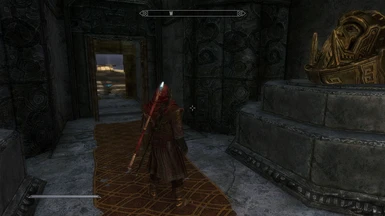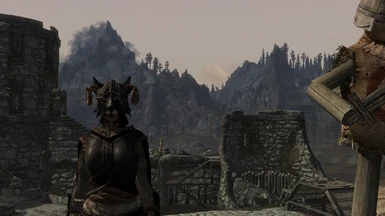

I guess I've not put in too much effort since the later games have all moved on to using navmesh and I'm not 100% sure whether that this implementation should do the same. My guess is that the vanilla engine is using either the doors or teleport markers (FO3/FONV appears to have explicit portal markers which I suspect are used to link cells).Īll these can be worked out eventually, or at least a workaround can be found. You can see that the entry points to other cells do *not* have a blue pathgrid point nor any inter-cell links (orange lines). how are the PGRR sub-records meant to be used? how does the game know a particular interior cell is connected to a pathgrid point outside? What I'm lacking is some of the details - e.g. at a high level, path finding between cells and at a lower level pathgrid points within a cell (and then priorities amongst pathgrid points)

Yes, I guess the posts help in the sense that they confirm what I was suspecting - that is, there has to be a hierarchy of pathfinding (I guess there really isn't any other way?) i.e.


 0 kommentar(er)
0 kommentar(er)
